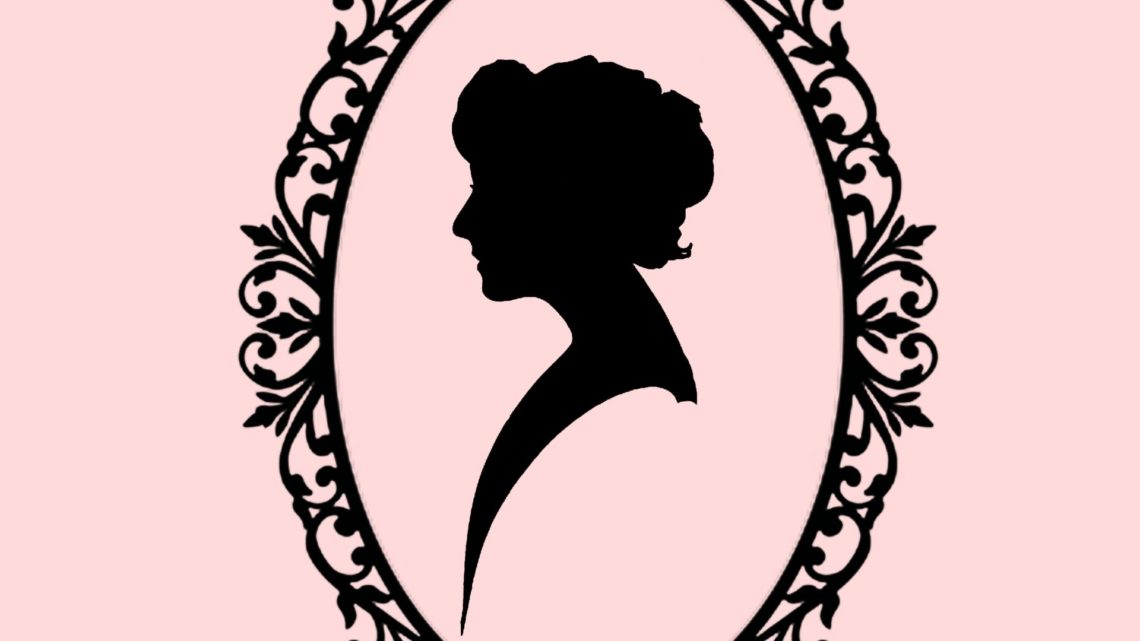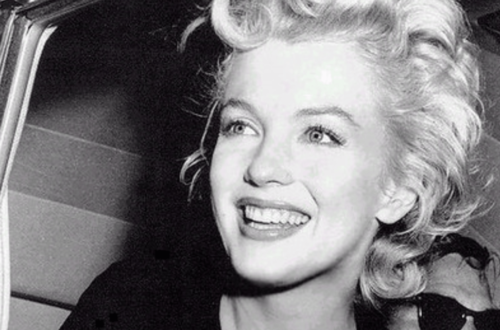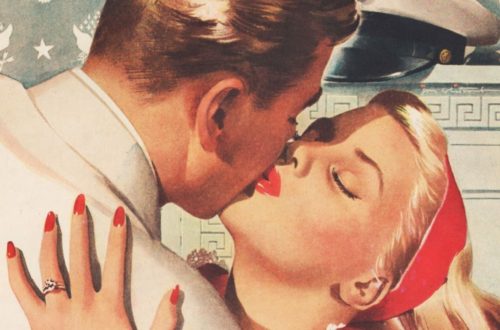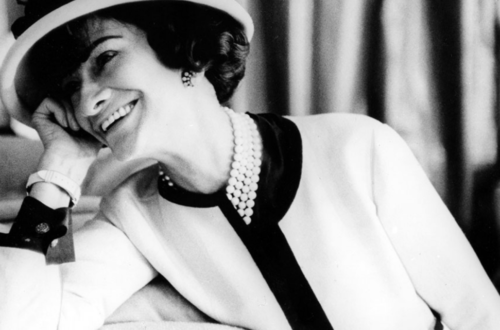Today I would like to write about Women and Beauty In The Victorian Era. As you know, I am quite interested in Vintage Ads and the history of women, beauty, and advertising.
In the Victorian Era, women were not supposed to wear any makeup. This is why they focused on their hair. Victorian ladies had very, very long and shiny hair. Long hair represented femininity and class.
With the launch of ladies’ magazines in 1800, the advertisers started selling shame. They began targeting women’s insecurities by advertising products such as “Chin Reducer and Beautifier” and messaging such as “Don’t Stay Fat!” Aren’t we fortunate that this is not the case anymore? *coughs in sarcastic*
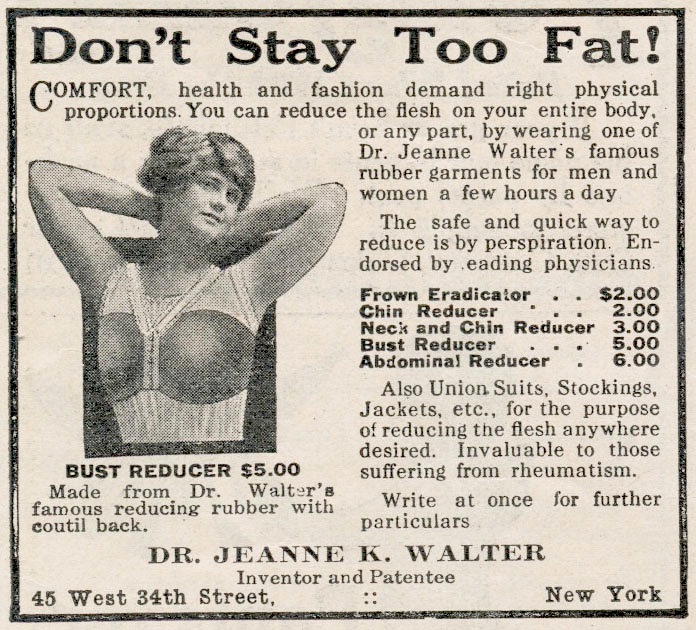
Victorian fashion was incredibly restrictive and very uncomfortable. Often the garments were dyed with harsh chemicals and would result in serious health problems. I write separate posts on the evolution of fashion.
Beauty Hacks
Women darkened their eyelashes and pinched their cheeks to get the look of blush. It was crucial that the makeup looked extremely natural, as it would have been unheard of that a lady was wearing makeup. Makeup was associated with actresses and prostitutes. No lady of class would want to be compared to either one.
Victorian beauty ‘hacks’ were: clean water, a good night’s sleep, and inner contentment. It was assumed that taking a walk early in the morning would give you rosy cheeks. While a healthy diet would result in clean skin. Waking up early was said to promote bright lips. As you can see, Victorian no-make-up-make-up-look was literally a no make up look.
On the other hand, reading, a poor diet, and being lazy was seen as a cause of bad skin and overall bad appearance.
In spite of it being frowned upon to wear makeup, some ladies did purchase ingredients from pharmacies and drugstores, in order to make their own remedies and cosmetics.
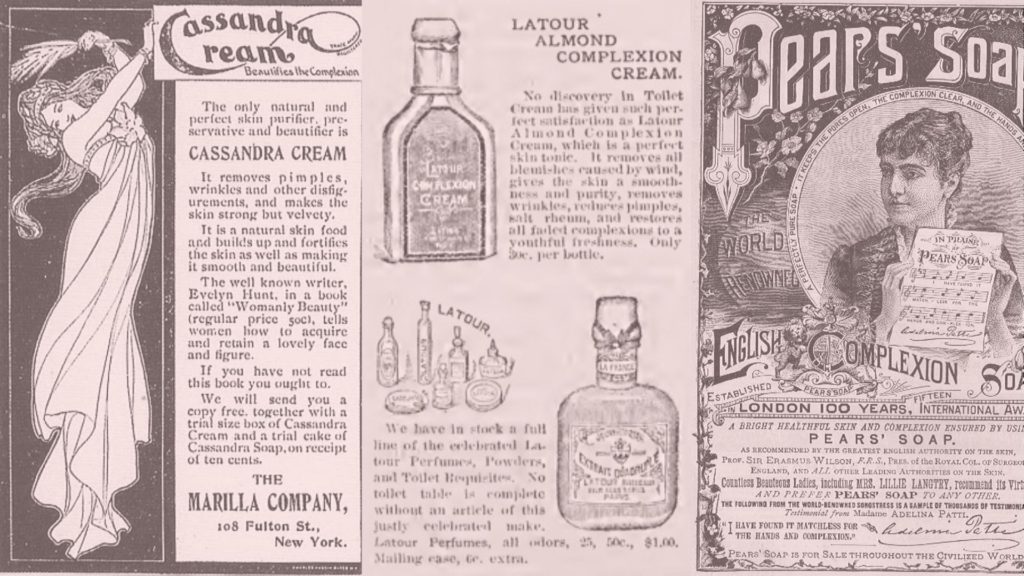
Victorian Beauty Routine
Victorian makeup and skincare was often toxic. It contained compounds such as lead, mercury, arsenic, and ammonia. One of the most dangerous products was drops of Belladonna which would induce pupil dilation, blurred vision, increased heart rate, and eventually blindness. A French saying that goes a little like this: “Il faut souffrir pour etre belle,” roughly translates into: “One must suffer to be beautiful.” and Victorian ladies, sure did that this advice seriously.
A Victorian Era makeup routine would include: could cream, translucent face powder (the powder could also be 1 shade lighter than the complexion), castor oil to add shine to eyelids, fruits, and flowers to give the lips a sheer tint.
Do you think you could have lived like a Victorian lady?
If you are interested in topics like these, then you might enjoy books by Madeleine Marsh
